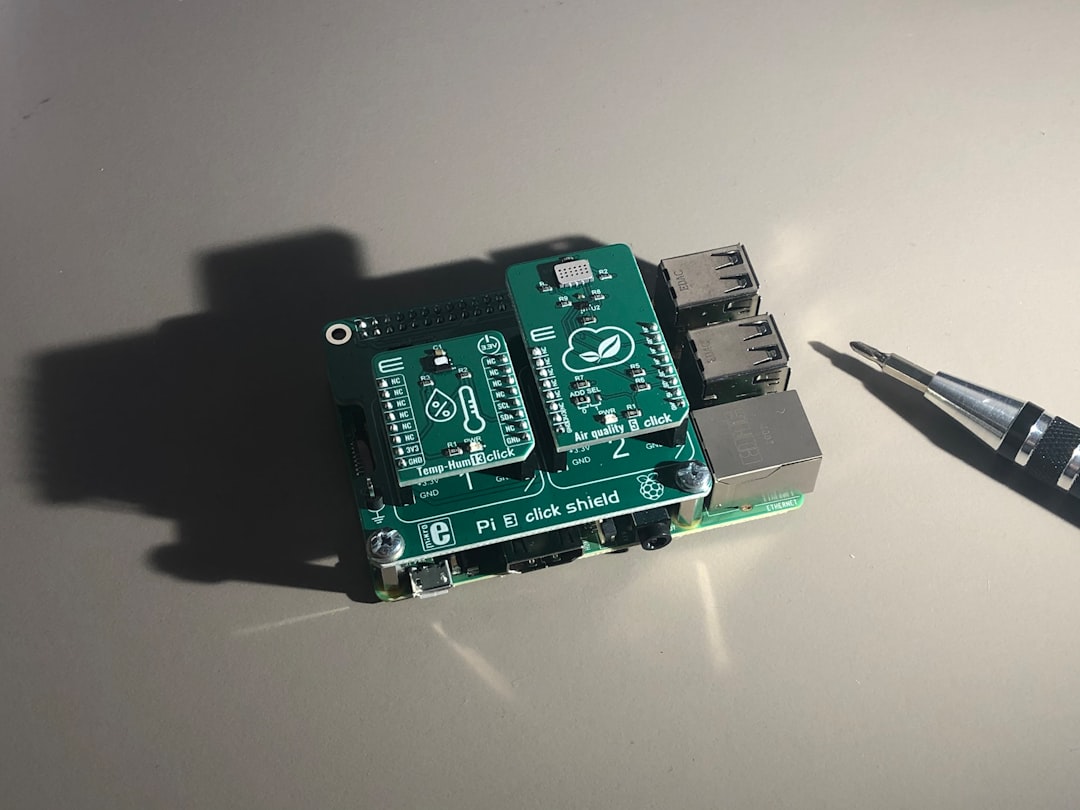What is it about?
We present an innovative framework for identifying fake images on social media by leveraging the available metadata associated with the images. Image metadata is rich in semantic information, offering insights into potential modifications within the images. Furthermore, this metadata proves invaluable in detecting alterations beyond the visual content—such as changes in location, timestamp, and context—by manipulating the metadata itself. To achieve this, we introduce a groundbreaking variant of Word2Vec named Exif2Vec. This model is specifically trained on the metadata of images, enabling it to discern intricate relationships among various attributes. Exif2Vec's training empowers it to identify inconsistencies within metadata attributes, serving as a reliable indicator of an untrustworthy image. This approach extends beyond conventional image analysis, enhancing our ability to unveil deceptive practices in the digital landscape.
Featured Image

Photo by Markus Spiske on Unsplash
Why is it important?
The impact of misinformation can be profound, affecting individuals' reputations, democratic processes, health policies, and the overall economy. A notable instance is the lower vaccine uptake in various countries during the COVID pandemic, attributed to the spread of misinformation. The relevance of this study transcends multiple societal and human domains, especially considering the integral role social media plays in all aspects of life. For instance, the results of this project would guarantee the seamless sharing of images while protecting the reputations of individuals, organizations, and countries.
Perspectives
This work stands out as a groundbreaking contribution in the realm of detecting fake images, steering clear of the computationally intensive process of image processing. Considering the vast expanse of social media, the approach outlined in this paper holds great promise, relying solely on the analysis of image metadata. In contemporary scenarios, image manipulation doesn't necessarily entail editing the visual content; instead, it can involve tampering with the metadata and incorporating fraudulent image descriptions. Conventional image learning techniques fall short in detecting such alterations, while our proposed solution excels in identifying and flagging such changes.
Muhammad Umair
University of Sydney
Read the Original
This page is a summary of: Exif2Vec: A Framework to Ascertain Untrustworthy Crowdsourced Images Using Metadata, ACM Transactions on the Web, April 2024, ACM (Association for Computing Machinery),
DOI: 10.1145/3645094.
You can read the full text:
Contributors
The following have contributed to this page










